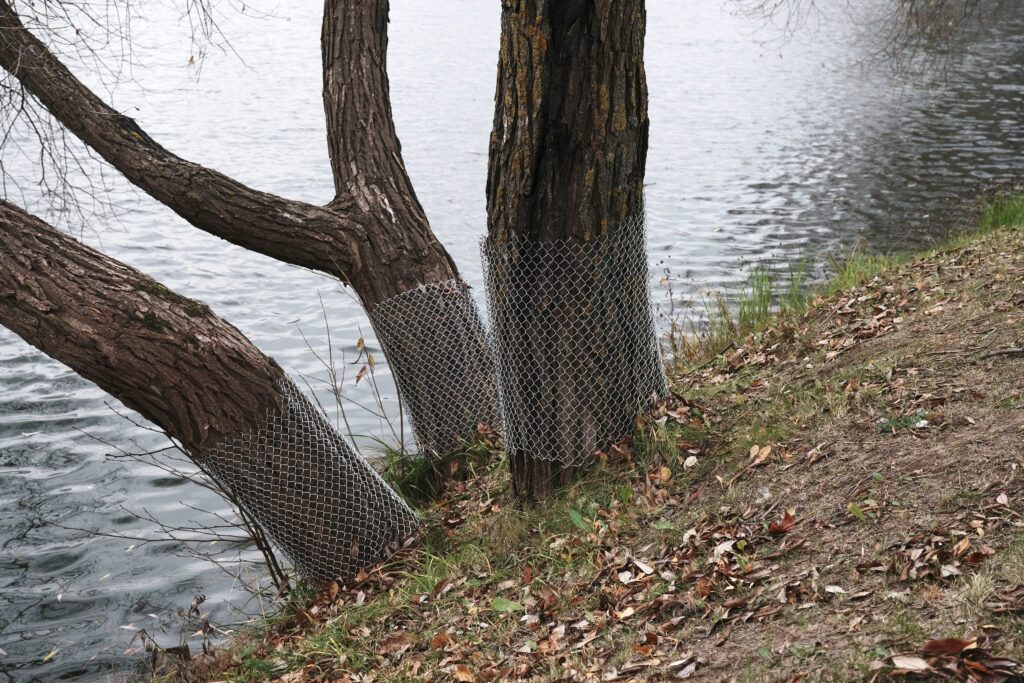Beaver Tales: Southwest Utah’s Ecological Engineers
By Luke Matschek

When you look at the seemingly harsh desert landscape and red rock wonderland of southwest Utah, the American beaver (Castor canadensis) might not be the first critter that comes to mind. However, beavers are long-time residents of the Virgin River Basin and can be found in bodies of water throughout the region.
These industrious rodents are herbivores that feed on aquatic vegetation and riparian trees, including willows and cottonwoods. Beavers have honed their engineering skills, building dams and lodges made primarily from sticks, mud, and stones. These ingenious structures often create ponds that provide beavers with protection from predators and access to food during winter months. While beaver dams can alter the flow of our waterways and occasionally create difficulties for people, beavers also provide important ecological services to the human and non-human residents of Washington County.
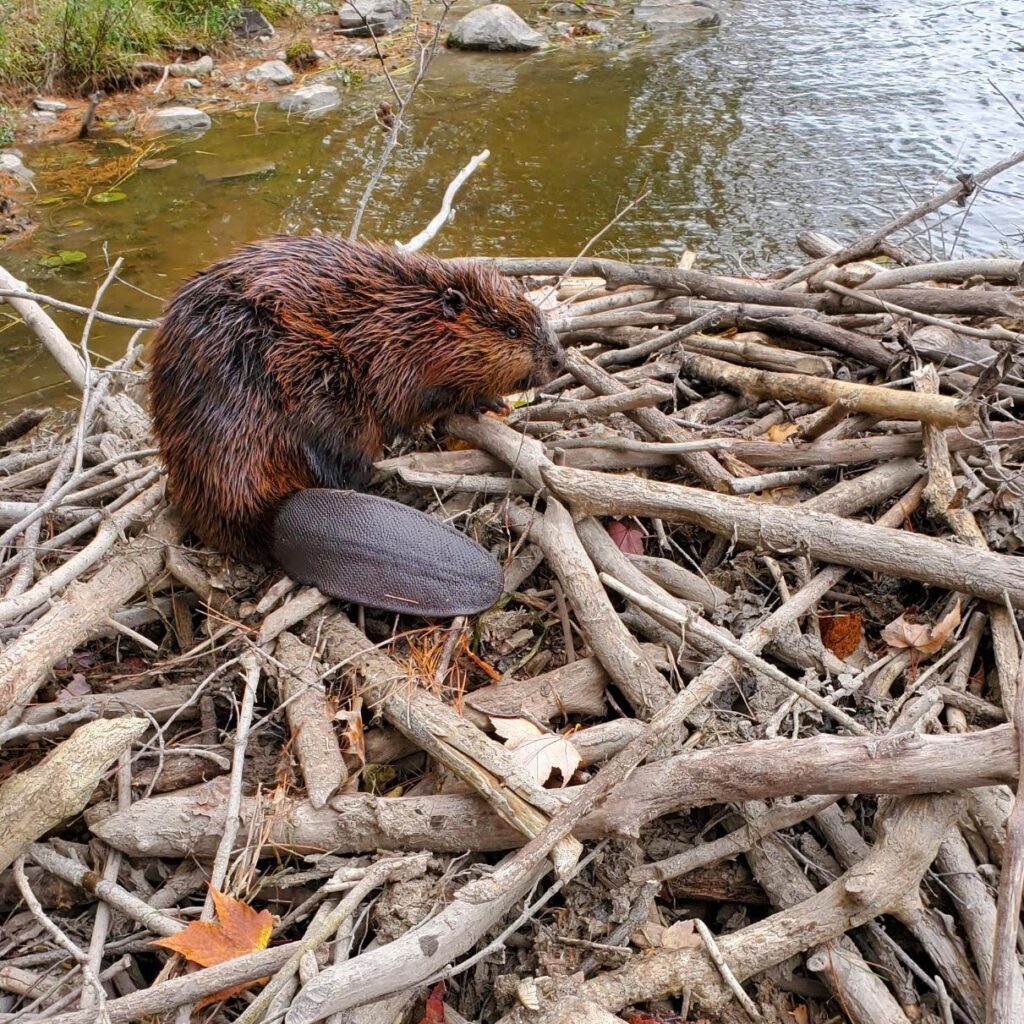
Beaver Benefits
- Beaver ponds increase water retention, reducing stream drying during the hot summer months.
- Deep beaver ponds help keep water temperatures down when air temperatures rise.
- Beaver ponds can improve water quality by acting as filters and storing sediment.
- Dams add woody debris to the stream, providing shelter for fish, insects, and other aquatic organisms.
- Slower streamflow creates marshy areas that provide excellent habitat for a more diverse set of organisms.
- Slower water limits erosion in beaver pond areas.
Beaver Encounters: Tips for Observing These Aquatic Architects
You can spot beavers in almost any body of water in the Virgin River Basin, including rivers, streams, ponds, lakes, and wetlands. Beavers are primarily nocturnal, so your best chances of encountering one in its natural habitat are during the early morning or at dusk. Don’t forget to keep your eyes peeled for telltale signs of beaver activity:
- Trees that have been felled with bite marks around the stump
- Partially chewed sections of cottonwoods and willows
- Distinctive track patterns, including signs of a dragging tail
- Slick sections of the bank cleared of vegetation where beavers slide into the water
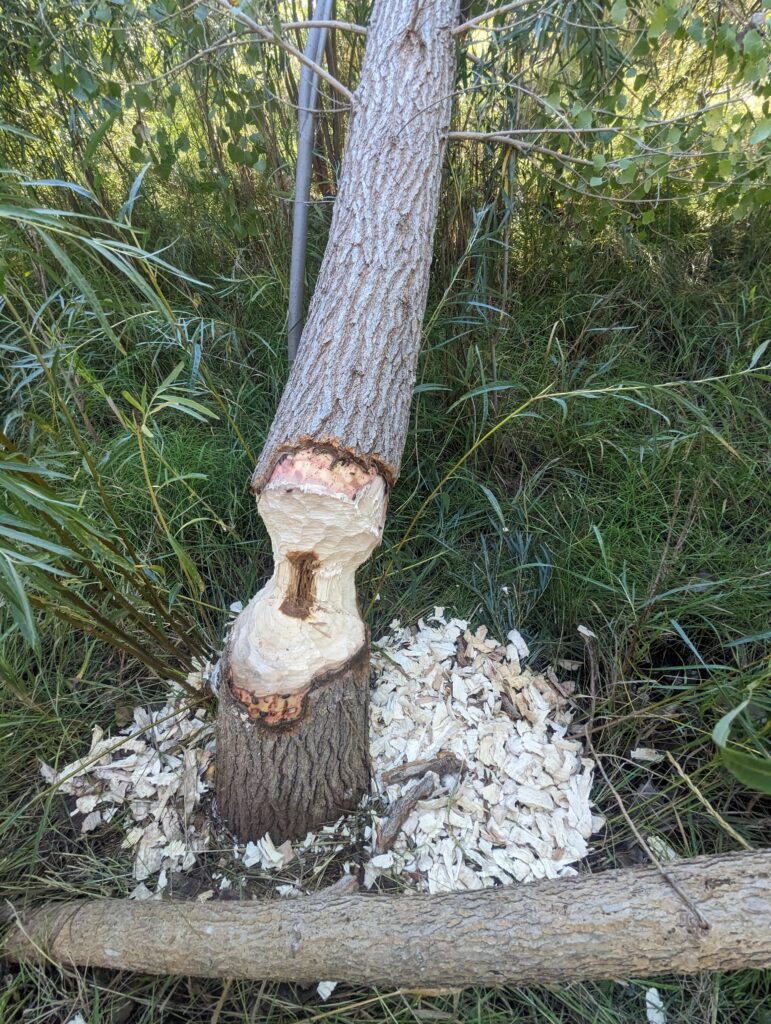
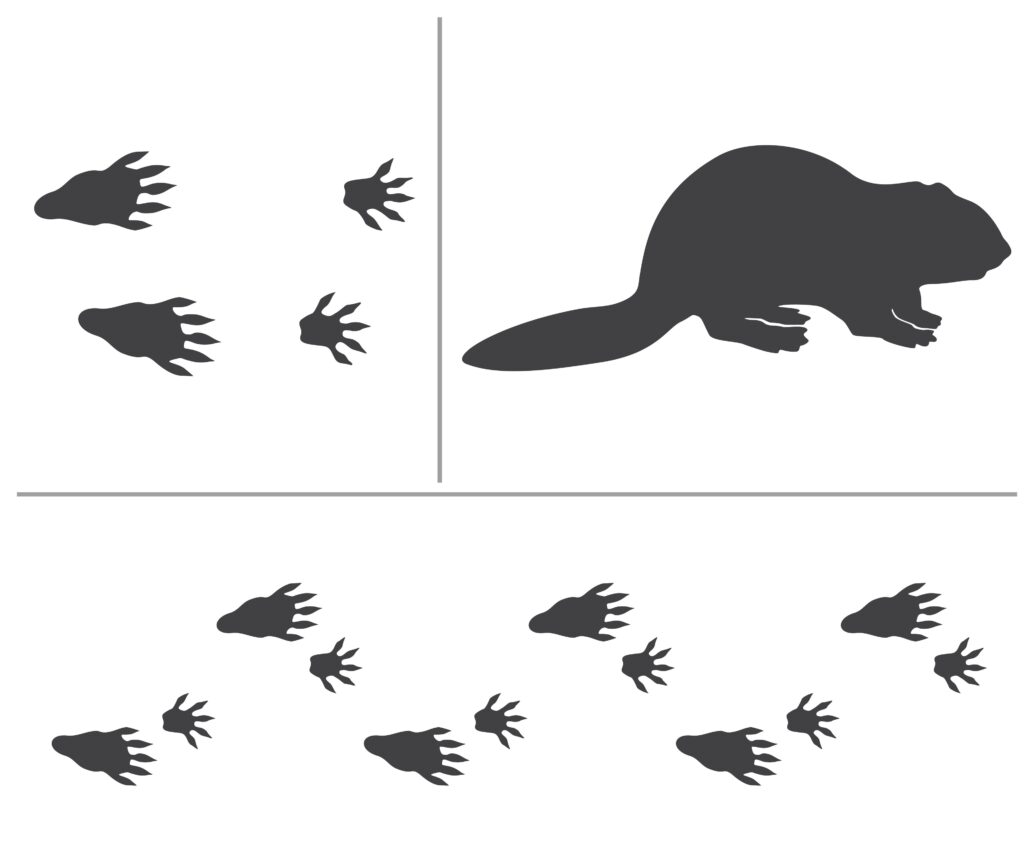
You might also encounter a sneaky lookalike known as the muskrat in beaver habitat. Muskrats bear a striking resemblance to beavers except for their long, thin, rat-like tails that float on the water as they swim. Beavers, on the other hand, tend to submerge their tails underwater while swimming, often revealing just their heads. Muskrats are also notably smaller, with an average weight ranging from 2 to 5 pounds, while beavers usually tip the scales at 35 to 65 pounds.
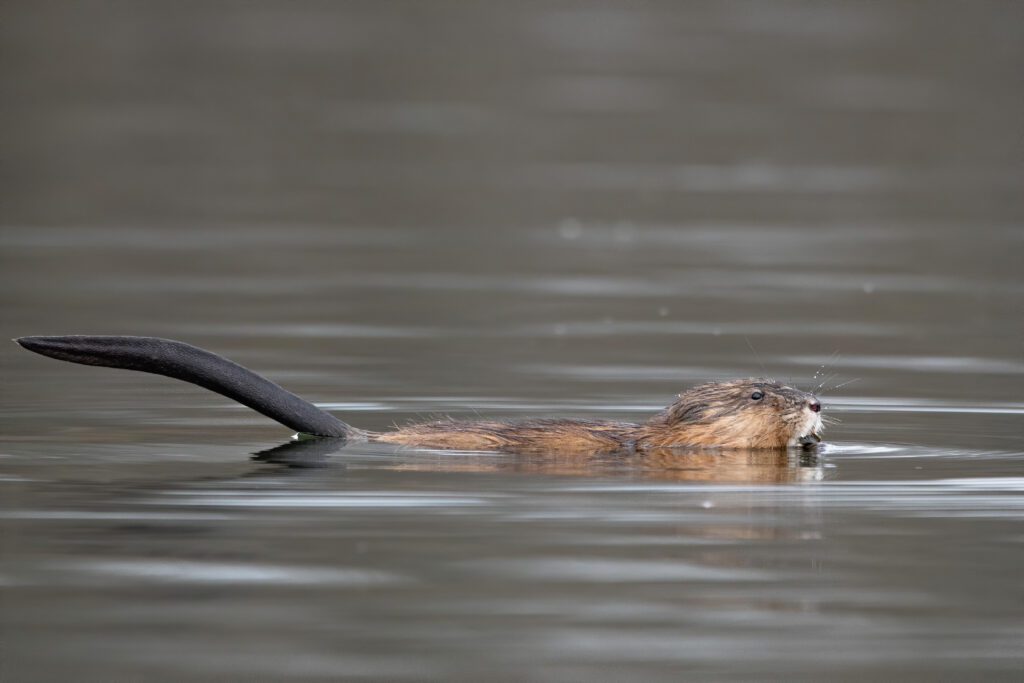
If you are lucky enough to spot a beaver in its natural habitat, be sure to keep a respectful distance and refrain from disturbing it. These long-time inhabitants of the Virgin River Basin appreciate their peace and solitude.
Beaver Conflicts
While beavers usually improve the natural environment, their ceaseless construction sometimes conflicts with human structures. For example, these overzealous critters occasionally eat ornamental trees or dam streams that are essential for irrigation. Fortunately, numerous resources exist to help you co-exist with beavers. Southern Utah residents can protect ornamental trees by wrapping the base of the trunk with chicken wire. In addition, effective strategies to protect culverts and level beaver ponds can be found at Wild Aware Utah. If you have conflicts with beavers that cannot be resolved with these non-lethal tips, alert the Utah Division of Wildlife Resources office near you.
